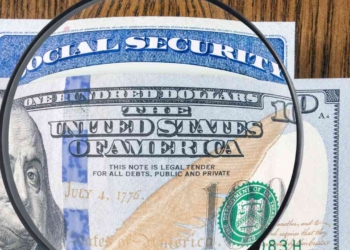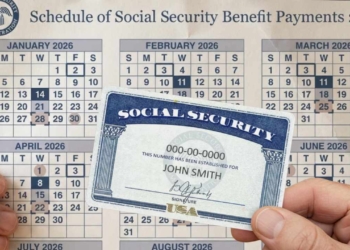The Social Security Administration (SSA) operates its payments on a strict, predictable schedule. For the Supplemental Security Income (SSI), the rule is that benefits are paid on the first of each month. But, like many federal agencies, it has a firm policy: never issue payments on a weekend or a federal holiday.
When the first falls on one of those non-business days, the SSI payment is shifted forward to the prior Friday or business day. This usually works seamlessly. But occasionally, this well-intentioned rule creates a domino effect that necessitates an even earlier payment. That’s exactly what’s happening in the final months of 2025. The culprit… November 1st falling on a Saturday.
What to know about the “extra” SSI payment in August
“It’s all about avoiding what we call a ‘double payment’ within a single month,” explains a source familiar with the SSA’s payment operations, who spoke on condition of anonymity. “The system is programmed to ensure beneficiaries always receive one payment per month, without exception. Sometimes, to uphold that principle, we have to pay very, very early.”
Here’s how the dominoes fall. Because November 1st is a Saturday, the SSA is obligated to issue the November payment on the prior business day, which is Friday, October 31st. This immediately creates a problem. Recipients would have already received their October payment on its normal date, Wednesday, October 1st. Getting another payment on October 31st would mean two deposits in October—and crucially, no payment at all in November.
The maximum SSI benefits in 2025
The SSI program is a needs-based benefit, and your final payment is calculated by starting with the federal maximum and then subtracting your “countable income.” This includes most earned wages, unearned income like pensions, and even the value of in-kind support and maintenance (ISM), such as receiving free rent or food.
While the official figures for SSI benefits in 2025 won’t be finalized until this October, based on current inflation trends, experts project a noticeable increase. The maximum federal payment rates are adjusted annually based on the Cost-of-Living Adjustment (COLA), which is tied to the Consumer Price Index, knwon as CPI-W.
Given the persistent inflation observed over the past year, the 2025 COLA is forecasted to be in the range of 2.5% to 3%. This means individuals could see their monthly payment rise from the 2024 amount of $943 to approximately $967, while eligible couples might see an increase to $1,450, up from $1,415.







